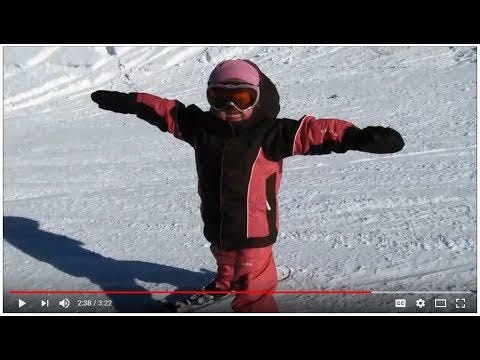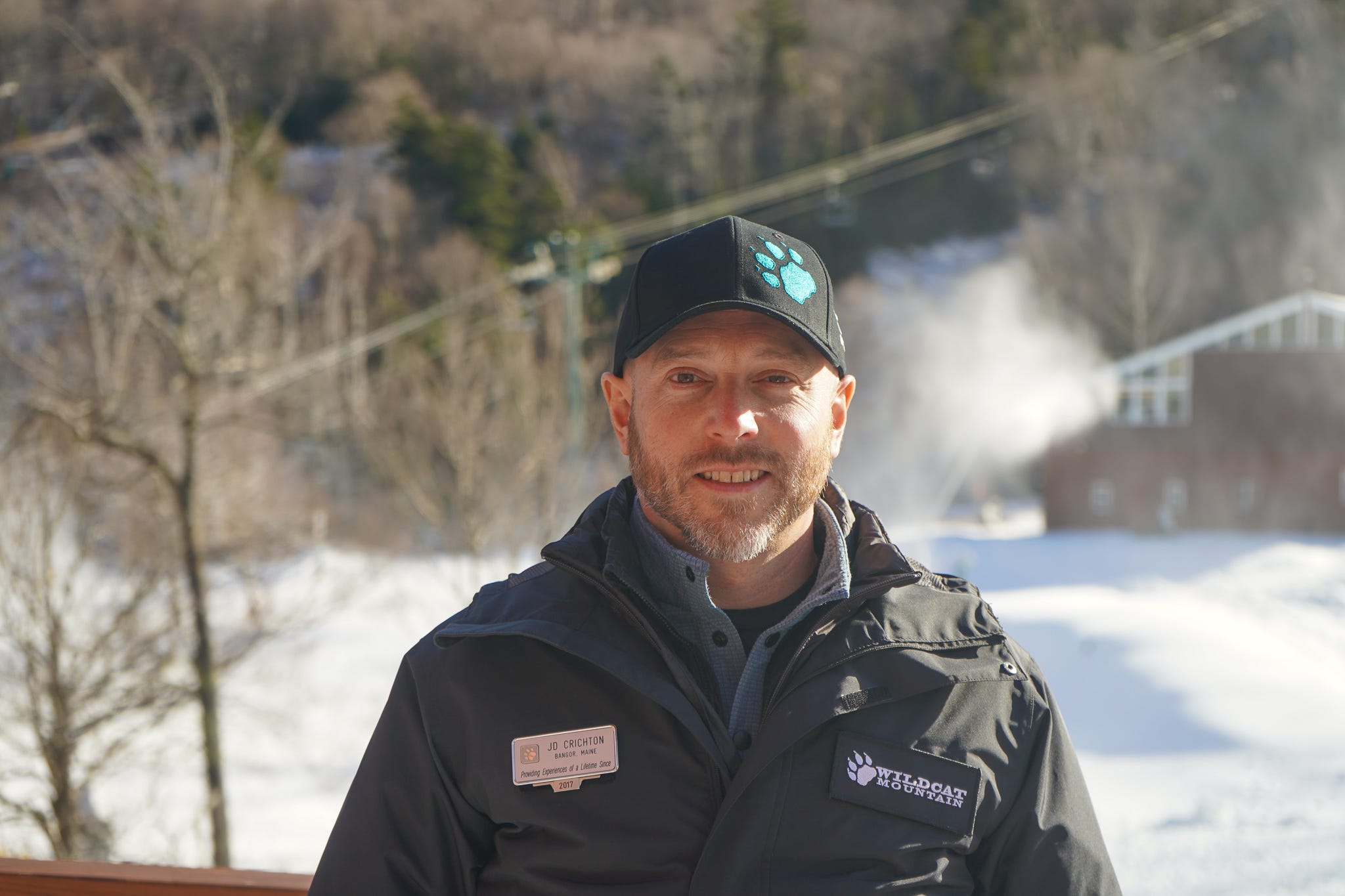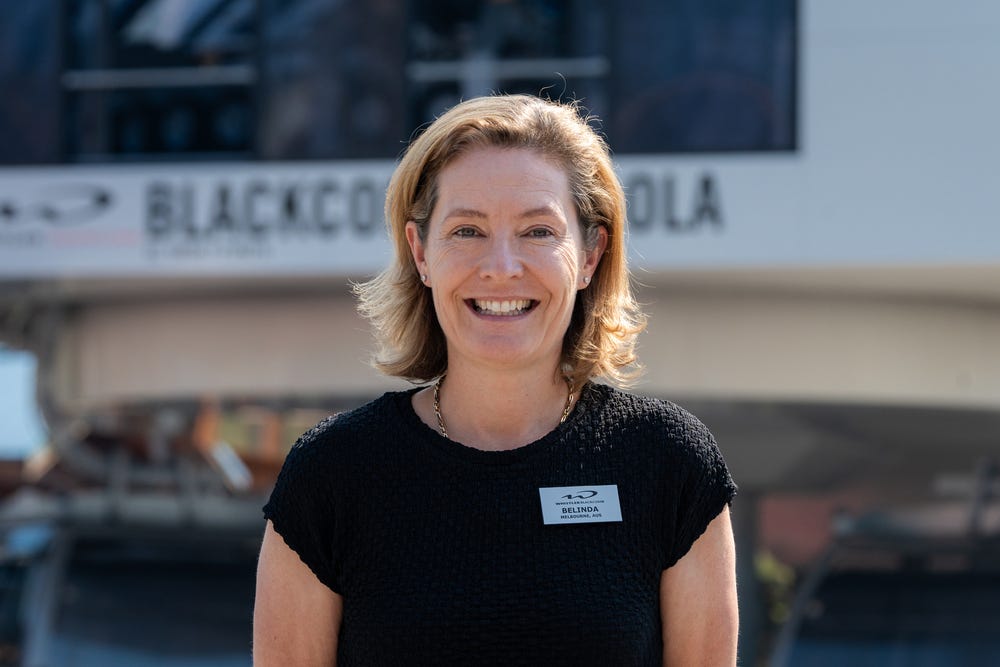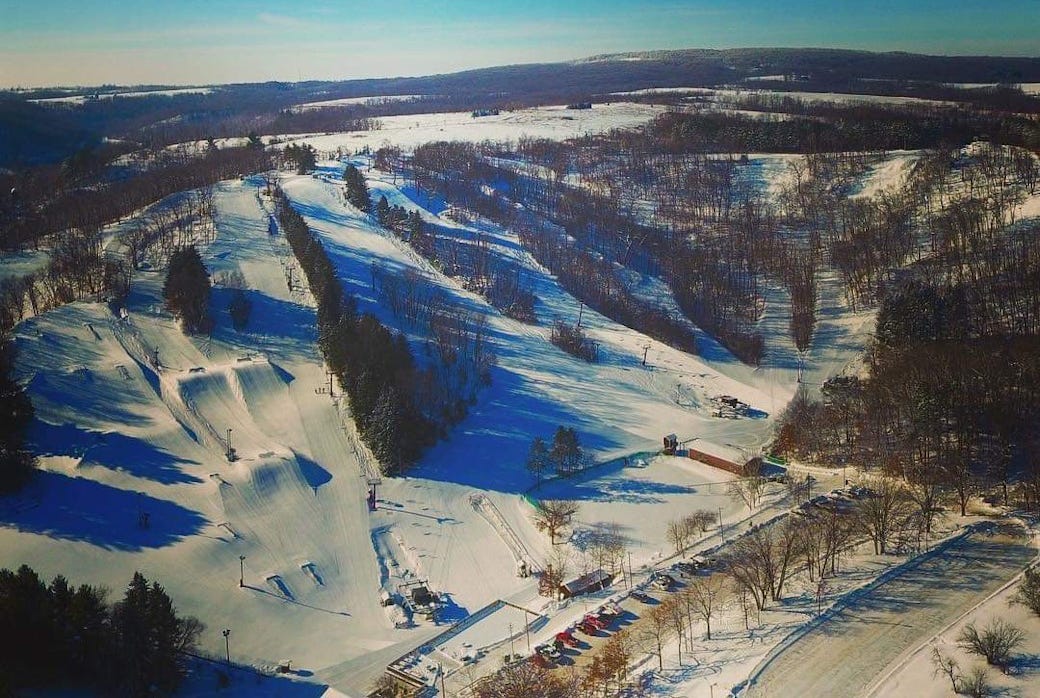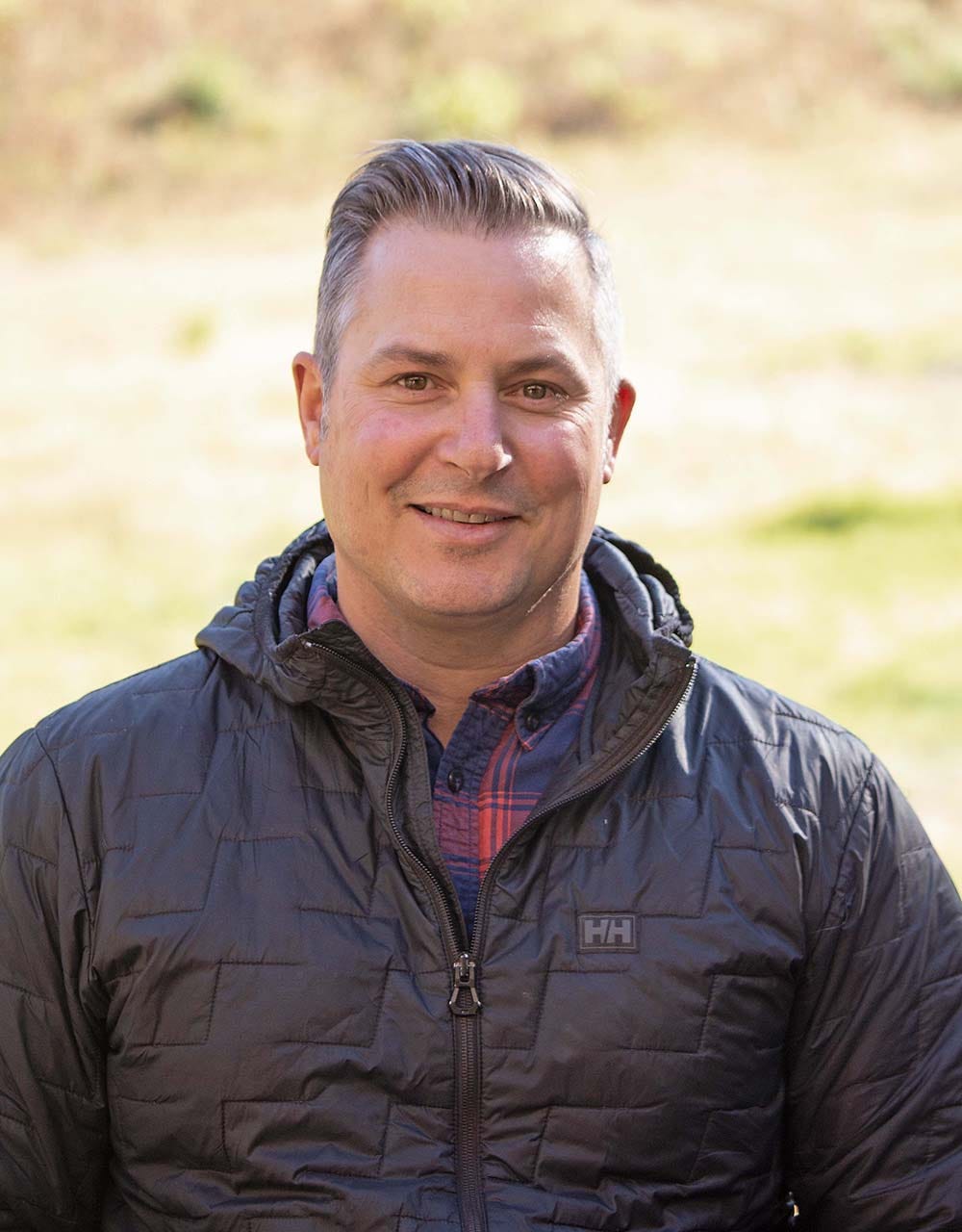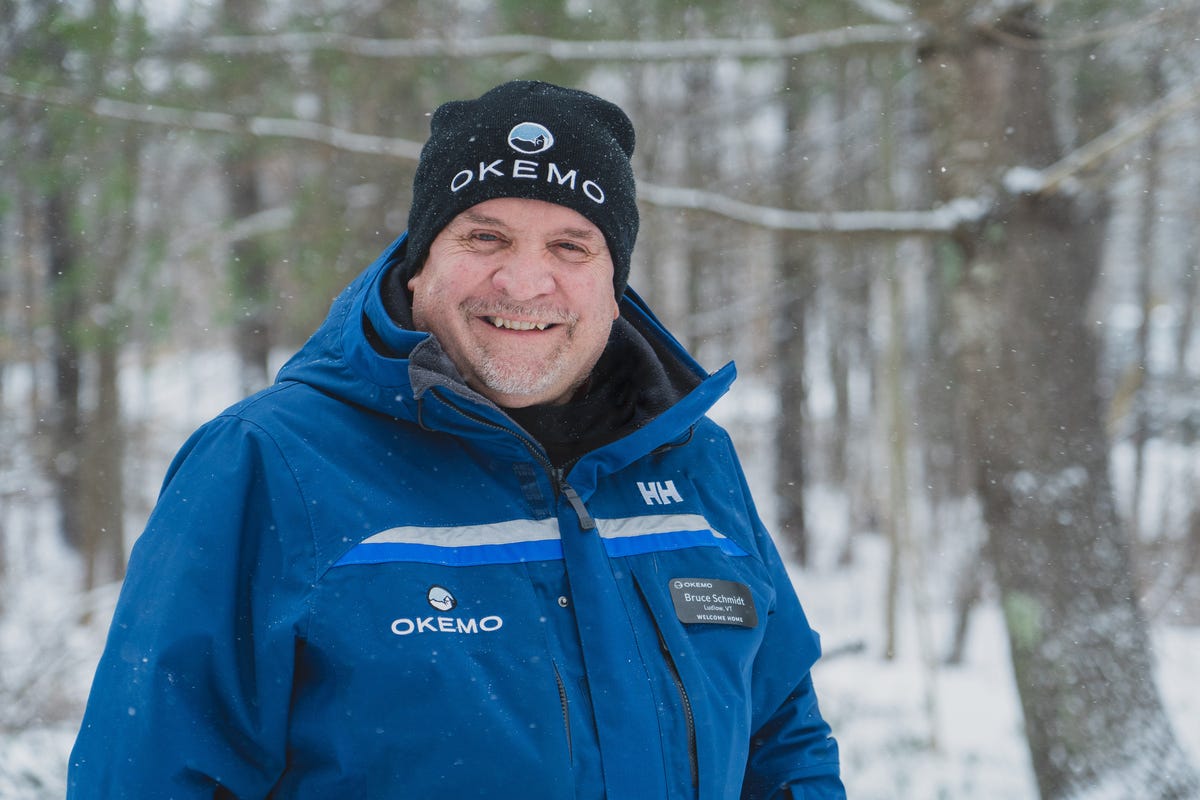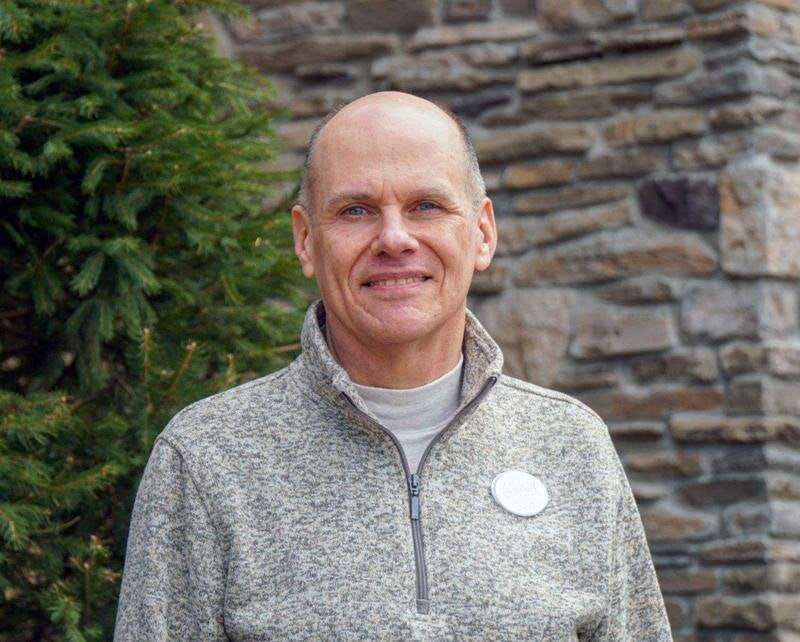Podcast #169: Panorama Mountain President & CEO Steve Paccagnan
Description
This podcast hit paid subscribers’ inboxes on April 16. It dropped for free subscribers on April 23. To receive future pods as soon as they’re live, and to support independent ski journalism, please consider an upgrade to a paid subscription. You can also subscribe to the free tier below:
Who
Steve Paccagnan, President and CEO of Panorama Mountain, British Columbia
Recorded on
March 27, 2024
About Panorama
Click here for a mountain stats overview
Owned by: Panorama Mountain Village, Inc., a group of local investors
Located in: Panorama, British Columbia, Canada
Year founded: 1962
Pass affiliations:
* Ikon Pass: 7 days, no blackouts
* Ikon Base Pass: 5 days, holiday blackouts
* Mountain Collective: 2 days, no blackouts
* Lake Louise Pass: view details here
Closest neighboring ski areas: Fairmont Hot Springs (:45), Kimberley (1:43 ), Kicking Horse (1:54 ) – travel times will vary considerably depending upon road conditions and time of year
Base elevation: 3,773 feet/1,150 meters
Summit elevation: 8,038 feet/2,450 meters
Vertical drop: 4,265 feet/1,300 meters
Skiable Acres: 2,975
Average annual snowfall: 204 inches/520 centimeters
Trail count: 135 (30% expert, 20% advanced, 35% intermediate, 15% beginner)
Lift count: 10 (1 eight-passenger pulse gondola, 2 high-speed quads, 2 fixed-grip quads, 1 triple, 1 double, 1 platter, 2 carpets – view Lift Blog’s inventory of Panorama’s lift fleet)
Why I interviewed him
U.S. America is making a mistake. In skiing, as in so many other arenas, we prioritize status quo protectionism over measured, holistic development that would reorient our built environments around humans, rather than cars, shrinking our overall impact while easing our access to the mountains and permitting more people to enjoy them. Our cluttered and interminable western approach roads, our mountain-town housing shortages, our liftlines backed up to Kansas are all the result of deliberate generational decisions to prioritize cars over transit, open space over dense walkable communities, and blanket wilderness protection over metered development of new public ski areas in regions where the established businesses - and their surrounding infrastructure - are overwhelmed.
I write about these things a lot. This pisses some of you off. I’m OK with that. I’m not here to recycle the broken ideas that have made U.S. skiing into the mess that (in some fundamental ways, in certain regions) it is. I’m here to figure out how it can be better. The skiing itself, mind you, tends to be fabulous. It is everything that surrounds the mountains that can spoil the experience: the cost, the hassle, the sprawl. There are better ways to do this, to get people to the mountains and to house them there, both to live and to vacation. We know this because other countries already do a lot of the things that we ought to be doing. And the most culturally similar and geographically cozy one is so close we can touch it.
U.S. America and U.S. Americans are ceding North American skiing’s future to British Columbia. This is where virtually all of the continent’s major resort development has occurred over the past three decades. Why do you suppose so many skiers from Washington State spend so much time at Whistler? Yes, it’s the largest resort in North America, with knockout terrain and lots of snow. But Crystal and Stevens Pass and Baker all get plenty of snow and are large enough to give most skiers just about anything they need. What Whistler has that none of them do is an expansive pedestrian base village with an almost infinite number of ski-in, ski-out beds and places to eat, drink, and shop. A dense community in the mountains. That’s worth driving four or more hours north for, even if you have to deal with the pain-in-the-ass border slowdowns to get there.
This is not an accident, and Whistler is not an outlier. Over the past 30-plus years, the province of British Columbia has deliberately shaped its regulatory environment and developmental policies to encourage and lubricate ski resort evolution and growth. While all-new ski resort developments often stall, one small ski area after another has grown from community bump to major resort over the past several decades. Tiny Mount Mackenzie became titanic Revelstoke, which towers over even mighty Whistler. Backwater Whitetooth blew upward and outward into sprawling, ferocious Kicking Horse. Little Tod Mountain evolved into Sun Peaks, now the second-largest ski area in Canada. While the resort has retained its name over the decades, the transformation of Panorama has been just as thorough and dramatic.
Meanwhile, in America, we stagnate. Every proposed terrain expansion or transit alternative or housing development crashes headfirst into a shredder of bureaucratic holdups, lawsuits, and citizen campaigns. There are too many ways to stop things, and too many people whose narrow visions of what the world ought to be blockade the sort of wholesale rethinking of community architecture that would make the mountains more livable and accessible.
This has worked for a while. It’s still sort of working now. But each year, as the same two companies sell more and more passes to access a relatively stable number of U.S. ski areas, the traffic, liftlines, and cost of visiting these large resorts grows. Locals will find a way, pick their spots. But destination skiers with a menu of big-mountain options will eventually realize that I-70 is not a mandatory obstacle to maneuver on a good ski vacation. They can head north, instead, with the same ski pass they already have, and spend a week at Red or Fernie or Kimberley or Revelstoke or Sun Peaks or Kicking Horse.
Or Panorama. Three thousand acres, 4,265 vertical feet, no lines, and no hassle getting there other than summoning the patience to endure long drives down Canadian two-laners. As the U.S. blunders along, Canada kept moving. The story of Panorama shows us how.
What we talked about
A snowmaking blitz; what happened when Panorama joined the Ikon Pass; how Covid savaged the international skier game; Panorama in the ‘80s; Intrawest arrives; a summit lift at last; village-building; reviving Mt. Baldy, B.C.; Mont Ste. Marie and learning French; why Intrawest sold the ski area; modernizing the lift system; busy busy Copper; leaving for Kicking Horse; Resorts of the Canadian Rockies arrives; who owns Panorama; whether the resort will stay independent; potential lift replacements and terrain expansions; could we ever see a lift in Taynton Bowl?; explaining those big sections of the trailmap that are blocked off with purple borders; and whitebark pine conservation.
Why I thought that now was a good time for this interview
It wouldn’t be fair to call Panorama a Powder Highway sleeper. The place seems to be doing fine as a business, with plenty of skier traffic to support continuous expansive infrastructure upgrades. But with lower average annual snowfall totals than Revy and Whitewater and Fernie and Red, Panorama does tend to get fewer shout-outs through the media and social media megaphones. It’s Northstar to Palisades Tahoe, Keystone to A-Basin, Park City to the Cottonwoods: the less-snowy, less-intense neighbor that collects families in wholesome Build-A-Bear fashion.
But Panorama is wrapping up its second full season on the Ikon Pass, and its second winter since Canada finally unlocked its Covid-era borders. What impact, if any, would those two developments have on Panorama’s famously uncrowded slopes? Even if Colorad-Bro would never deign to turn his Subaru north, would Kansas Karl or North Dakota Norman load the kids into the minivan for something farther but less annoying?
Not yet, it turns out. Or at least, not in great enough numbers to wreck the place. But there is another angle to the Panorama story that intrigues me. Like Copper Mountain, Mountain Creek, and Whistler, Panorama once belonged to Intrawest. Unlike Winter Park, Steamboat, Stratton, and Snowshoe, they did not remain part of the enterprise long enough to live second lives as part of Alterra Mountain Company. But what if they had? Our big-mountain coalitions have somewhat ossified over these past half-dozen years, so that we think of ski areas as Ikon mountains or Epic mountains or Indy mountains or independent mountains. But these rosters, like the composition of sports teams or, increasingly, leagues, can fluctuate wildly over time. I do wonder how Whistler would look under Alterra and Ikon, or what impact Mountain Creek-as-unlimited-Ikon mountain would have had on the megapass market in New York City? We don’t really know. But Panorama, as a onetime Intrawest mountain that rejoined the family through the backdoor with Ikon membership, does give us a sort-of in-between case, a kind of What If? episode of skiing.
Which would be a fun thought experiment under any circumsta



